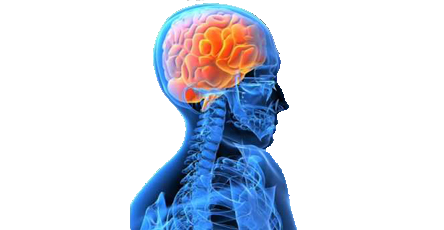
Stroke & Paralysis Treatment
A stroke occurs when a part of the brain is deprived of blood supply. The brain cells need this blood supply constantly to survive. There are two types of stroke: One is due to ischemia when there is a blockage of the artery and the other is a hemorrhagic stroke in which there is bleeding into the brain.
Symptoms of stroke
There are many symptoms of stroke and they are all characterized by a sudden onset. The symptoms are:- Sudden onset of numbness or weakness in the face, arm, and/or leg, especially when it is confined to one side of the body
- Sudden confusion, difficulty speaking or understanding speech
- Problems seeing including double vision, blurry vision, or partial blindness in one or both eyes
- Sudden onset dizziness, trouble walking, loss of balance or coordination
- A severe unexplained headache that comes on suddenly
Diagnosis
CT is the prime diagnostic test performed in the emergency room. CT generates detailed pictures of the brain and can confirm the diagnosis of stroke and can tell whether the stroke was caused by hemorrhage into the brain or blockage of the artery.
MRI or angiography are adjunct diagnostic methods. Magnetic resonance imaging can be used to create pictures of the brain and can also be used to create pictures of a blood vessel so called MR angiogram (MRA).
Ultrasound uses a technique that is called Doppler ultrasound and creates pictures using the sound waves from the blood vessels. Ultrasound can be used to determine if there is stenosis of the blood vessels in the neck.
Treatment of a Stroke
Most important is also how quickly the patient arrives to the emergency department. The three principle interventional radiology treatments are:
- Dissolve the blood clots in the artery
- Open narrowed arteries
- Block ruptured blood vessels or aneurysms in the brain